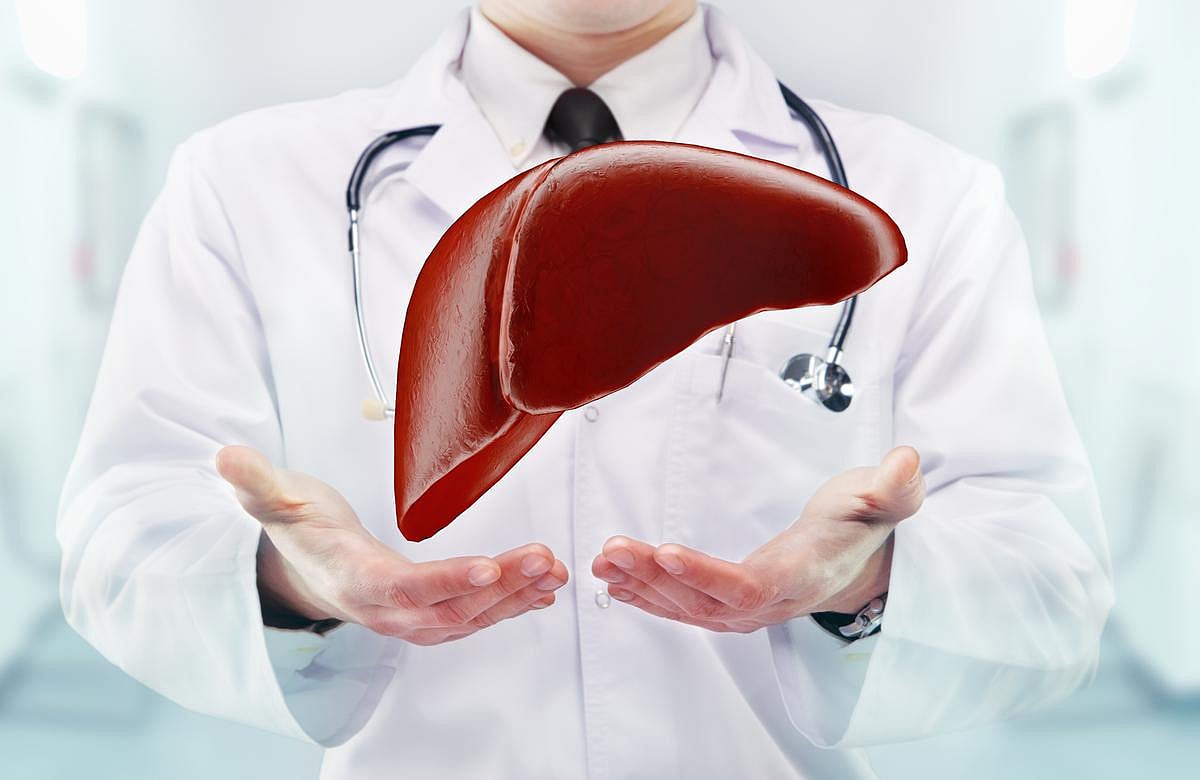Patient and graft survival similar for patients receiving DCD-V from MAiD donation versus conventional DCD-III grafts
By Elana Gotkine HealthDay Reporter
WEDNESDAY, Oct. 29, 2025 (HealthDay News) — Survival is similar for liver grafts from medical assistance in dying (MAiD) donation after circulatory death (DCD type V) versus conventional DCD type III grafts, according to a study published online Oct. 26 in the Journal of Hepatology.
Alessandro Parente, M.D., Ph.D., from University of Alberta in Edmonton, Canada, and colleagues reviewed all liver transplants using DCD-V and DCD-III donors performed across Canadian provinces between 2016, when MAiD was legalized, and 2023. Patient and graft survival at one, three, and five years were primary outcomes.
A total of 313 recipients were included in the analyses: 17.9 and 82.1 percent received DCD-V and DCD-III grafts, respectively. The researchers found that patient survival at one, three, and five years was 89.3, 85.7, and 85.7 percent for DCD-V, respectively, with corresponding graft survival of 82.1, 78.6, and 78.6 percent, comparable to DCD-III. There was no association for DCD-V with graft loss; the lack of association persisted in a multivariable Cox regression analysis. Early allograft dysfunction occurred more often with DCD-III, while DCD-V had longer length of stay. Similar overall complication rates were seen, with biliary complications more common in DCD-V, but not significantly so.
“While not all individuals pursuing MAiD are suitable for donation for various reasons, we hope that our study will allow a better understanding of the potential role of organ donation following MAiD and how impactful it can be for saving lives of many people in their final act of generosity,” coauthor James Shapiro, M.D., Ph.D., also from the University of Alberta, said in a statement.
Copyright © 2025 HealthDay. All rights reserved.








